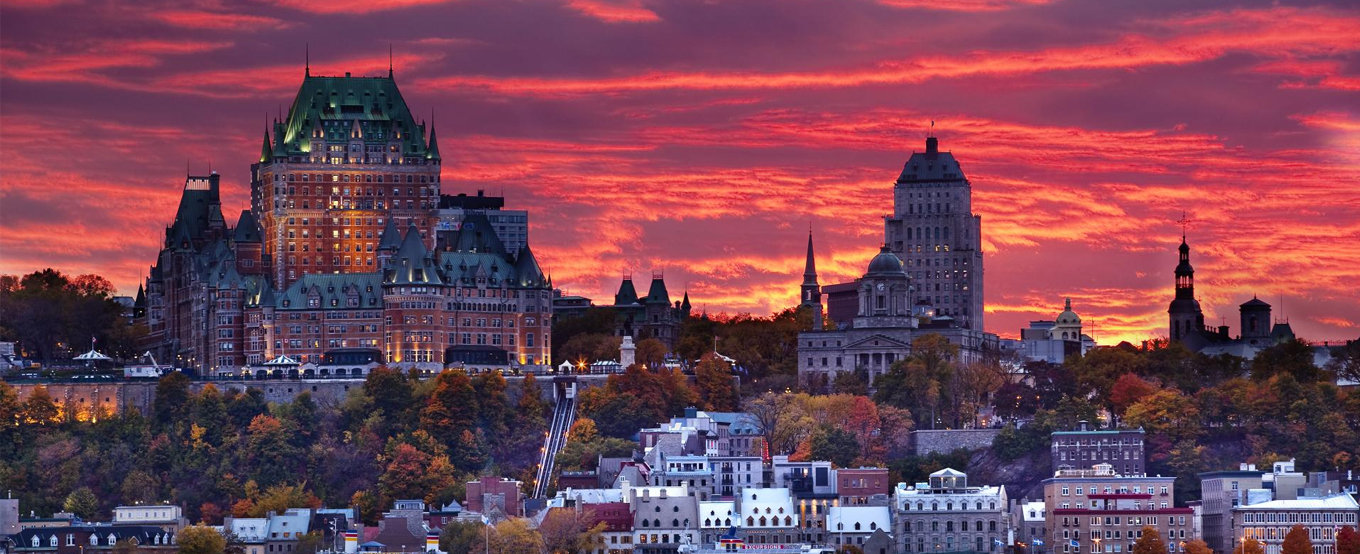Great White North Wonders
Canada’s Charm Runs Deep
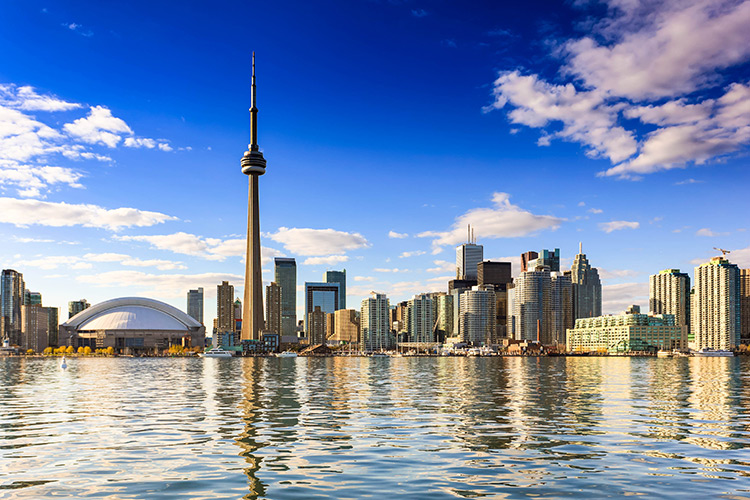
Toranto
Toronto’s diverse neighborhoods, art galleries, theaters and hockey mania make it Ontario’s coolest city. Toronto is also Canada’s most diverse city – nearly half of its residents were born abroad.
Niagara Falls
The #1 tourist attraction in Canada is Niagara Falls, known for its stunning and powerful waterfalls. Board the iconic Maid of the Mist boat tour, where you’ll feel the thunderous spray up close. Hikers will enjoy the Niagara Glen hiking trail through ancient forests and rugged terrain, offering a peaceful contrast to the roaring waters.
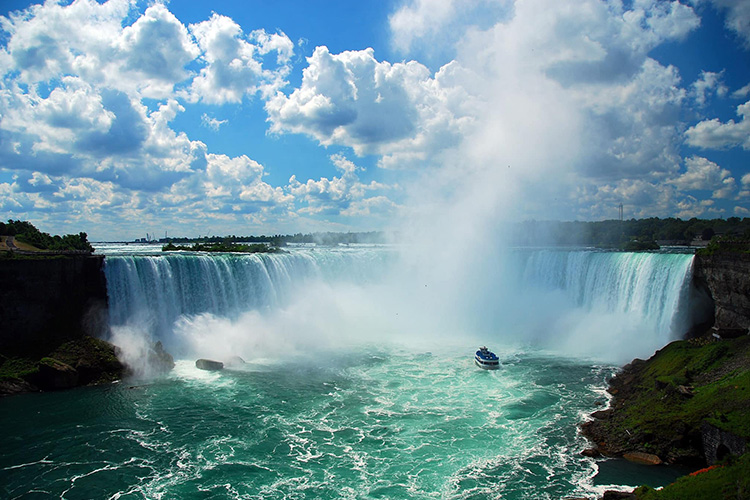
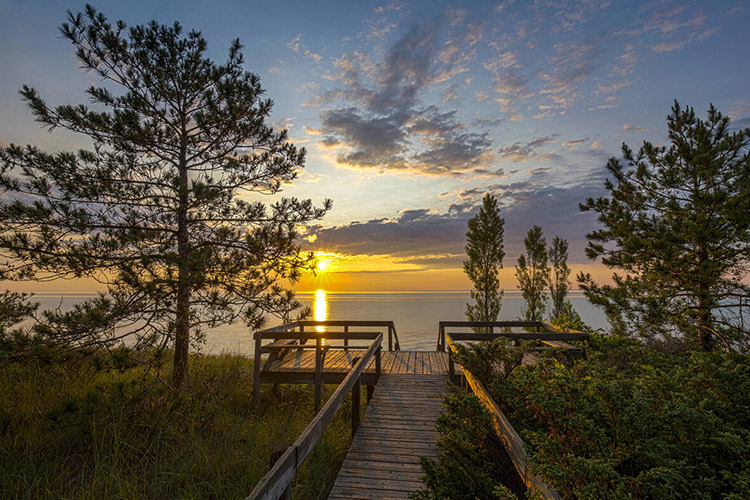
Manitoulin Island
The largest freshwater island in the world, Manitoulin has a slower pace with its summery cottages and lakeside beaches. Jagged expanses of white quartzite and granite outcroppings edge the shoreline and lead to shimmering vistas. First Nations culture thrives, with local foods and eco-adventures offered by the island’s eight communities. Powwows add drumming, dancing and storytelling to the mix for immersive experiences that connect you with the people and the land of the country that we now know as Canada.
Rideau Canal
The Rideau Canal is at its finest in wintry Ottawa, where a stretch of it becomes the Rideau Canal Skateway – the world’s largest skating rink.

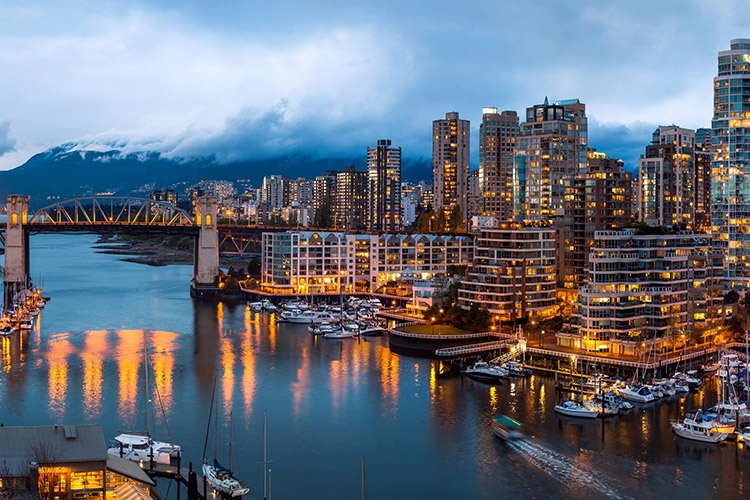
Vancouver
Sea-to-sky beauty surrounds the laid-back, cocktail-loving metropolis of Vancouver. There are skiable mountains on the outskirts, beaches fringing the coast and Stanley Park’s thick rainforest just steps from downtown’s gleaming skyscrapers.
Vancouver Island
Vancouver Island is an island in the northeastern Pacific Ocean and part of the Canadian province of British Columbia. It is the largest island on North America’s Pacific coast, separated from mainland Canada by the straits of Georgia, Johnstone, and Queen Charlotte, and from the U.S. by Juan de Fuca Strait. The island is known for its old-growth forests, rugged shorelines, and beaches, offering activities such as hiking, camping, surfing, and whale watching. It spans approximately 283 miles in length and 62 miles in width, with a total square area of approximately 12,407 square miles.
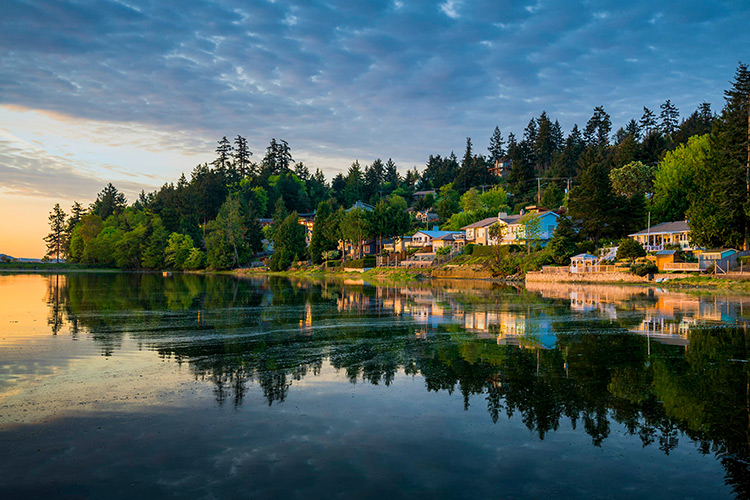
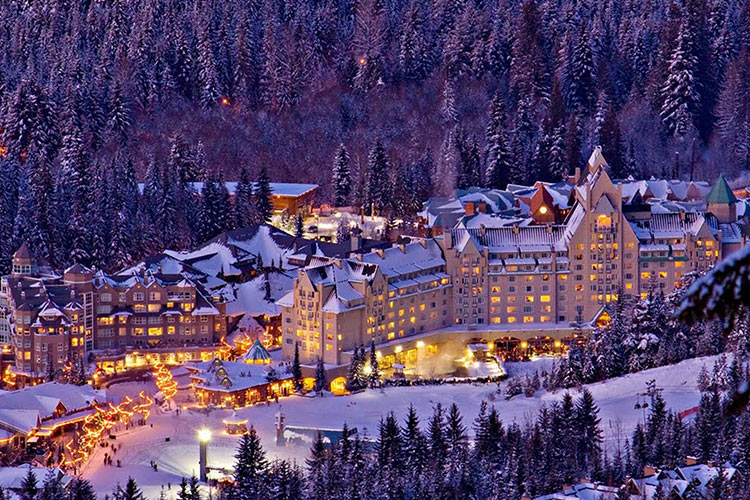
Whistler
Whistler is a legendary resort town located in the southern Pacific Ranges of the Coast Mountains, approximately 125 km (78 mi) north of Vancouver and 36 km (22 mi) south of Pemberton. It has a permanent population of approximately 13,982 (2021), as well as a larger but rotating population of seasonal workers. The town offers a diverse range of experiences, from the breathtaking alpine playground to the endless options of the Village. It is just a two-hour drive from Vancouver, in the Coast Mountains of British Columbia.
The Canadian Rockies
Known as the prettiest place to visit in Canada, the Canadian Rockies straddle British Columbia and Alberta and offer awe-inspiring adventures across five national parks. Try hiking, whitewater rafting, and skiing.
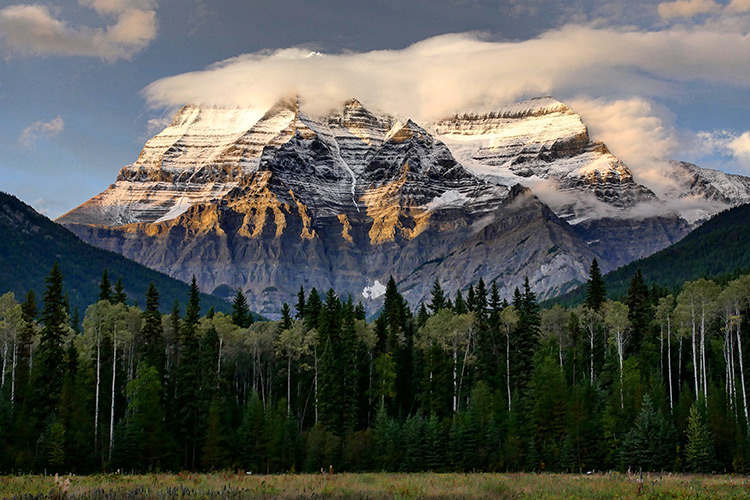
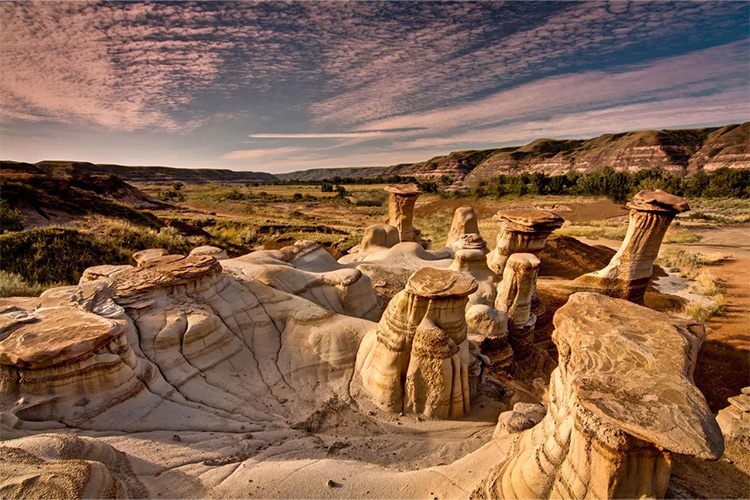
Drumheller
Dinosaur lovers get weak-kneed in dust-blown Drumheller, where paleontological civic pride runs high thanks to the Royal Tyrrell Museum, home to one of the planet’s pre-eminent fossil collections. The world’s largest “dinosaur” is here, too—a giant fiberglass T-rex that visitors can climb and peer out of (through its mouth). Beyond the dino-related attractions, enjoy classic Badlands scenery including the eerie “hoodoos,” or craggy spires of rock.
Old Québec City
Québec’s capital, with over 400 years of history, is a treasure trove of romance and charm. Its stone walls, spired cathedrals, and jazz-filled cafes create an atmosphere reminiscent of the most enchanting European cities.
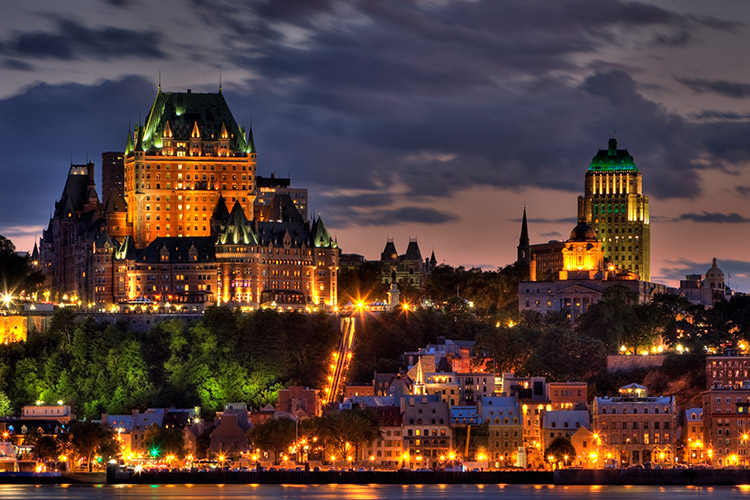
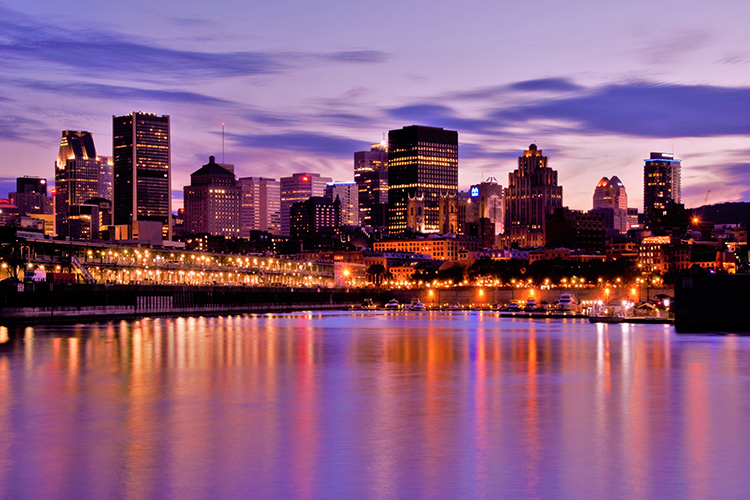
Montréal
Montréal, located in Quebec, Canada, is celebrated for its vibrant culture, rich history, and unique blend of French and English traditions. Known as Canada’s cultural capital, it hosts world-renowned festivals like the International Jazz Festival and Just for Laughs. The city is also famous for its delectable cuisine, including smoked meat sandwiches and Montréal-style bagels. Its charming old-world architecture and lively neighborhoods make it a must-visit destination.
The Prairies
Prairies are enormous stretches of flat grassland with moderate temperatures, moderate rainfall, and few trees. They are usually associated with the golden, wheat-covered land in the middle of North America. Prairies are found on every continent except Antarctica. They are vital for biodiversity and home to a rich variety of wildlife. In Canada, the Prairies cover the south of Alberta, Manitoba, and Saskatchewan.

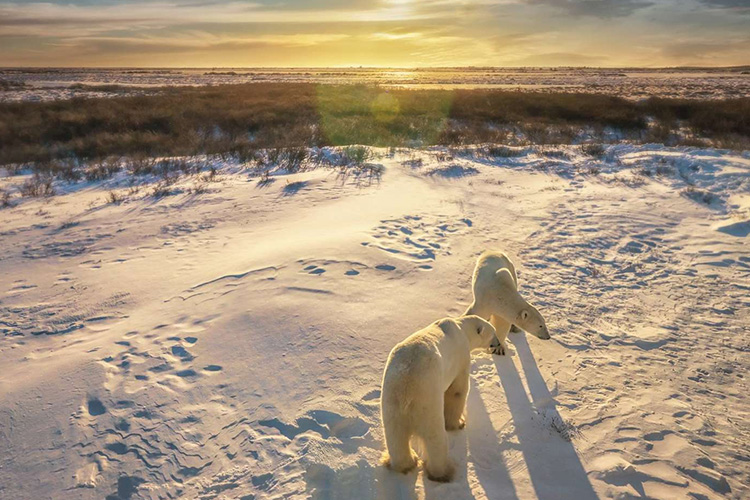
Churchill
The first polar bear you see up close will take your breath away, and there’s no better place for an encounter than Churchill, Manitoba, which happens to be right on the bears’ migration path. From late September to early November, tundra vehicles take you close enough to lock eyes with polar bears. Summer lets you kayak or stand-up paddleboard with beluga whales.
Bay of Fundy
It has lighthouses, boats and trawlers, fishing villages and other maritime scenery, yet Fundy is not your average Canadian bay. The Bay of Fundy’s extreme tides attract whales, including fin, humpback and endangered North Atlantic right whales, making it a must-visit spot for whale watching. For more maritime travel inspiration, check out the best places to visit in Nova Scotia.
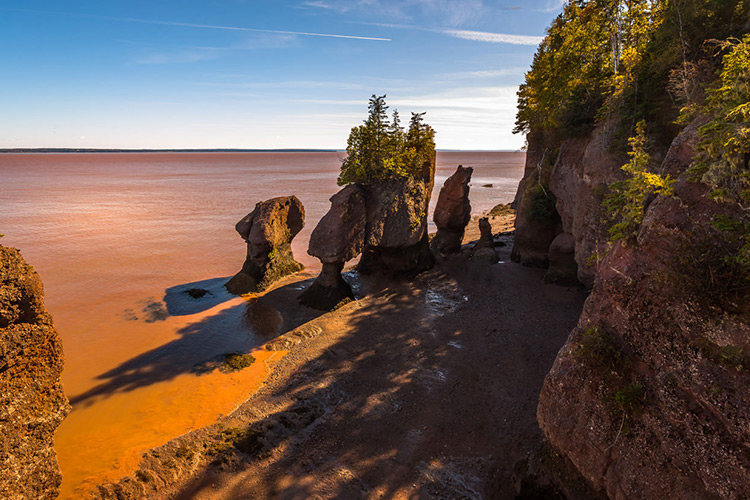
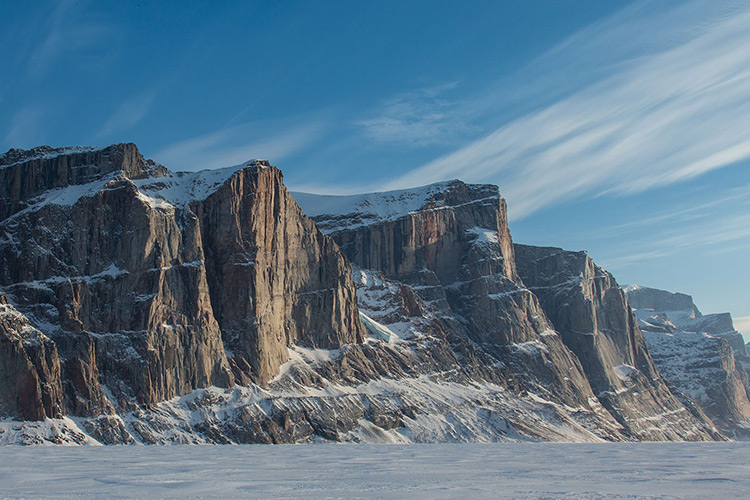
Baffin Island
The rugged landscape of Baffin Island is home to cloud-scraping mountains and a third of Nunavut’s human population. Canada’s largest island is perfect for an arctic safari to spot narwhals, belugas and bears. The island’s crown jewel is Auyuittuq National Park—its name means “the land that never melts,” and indeed glaciers, fjords and vertiginous cliffs fill the eastern expanse.

